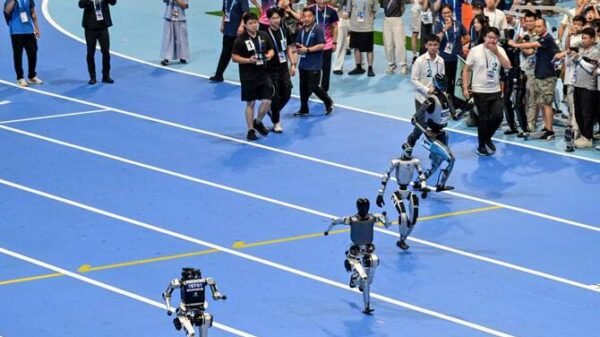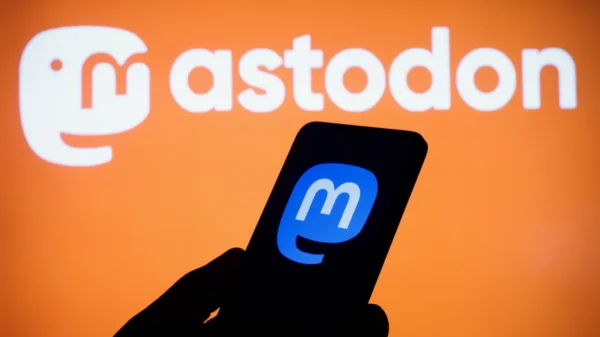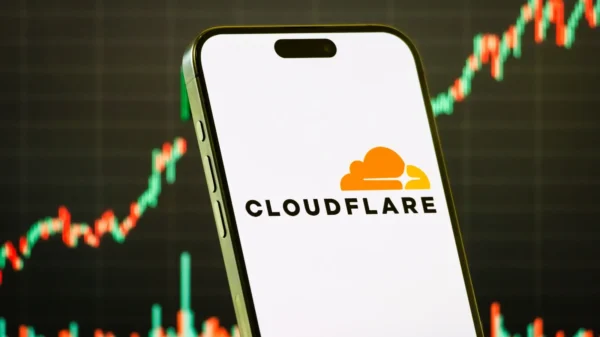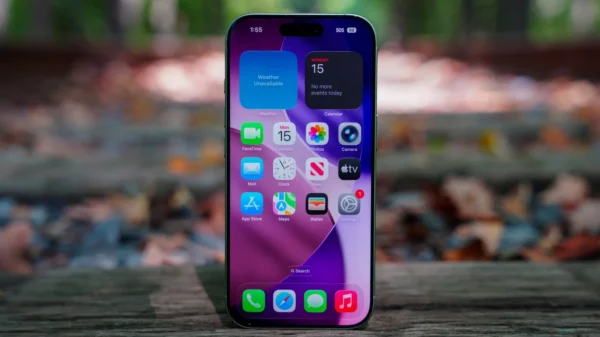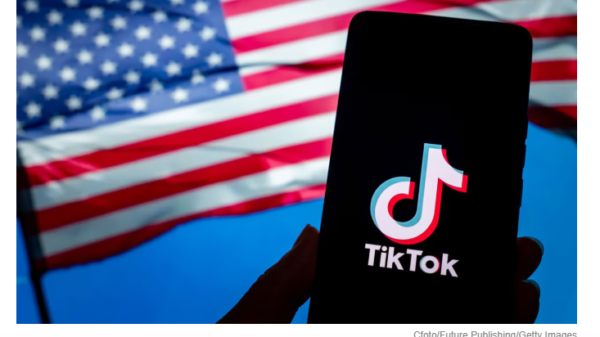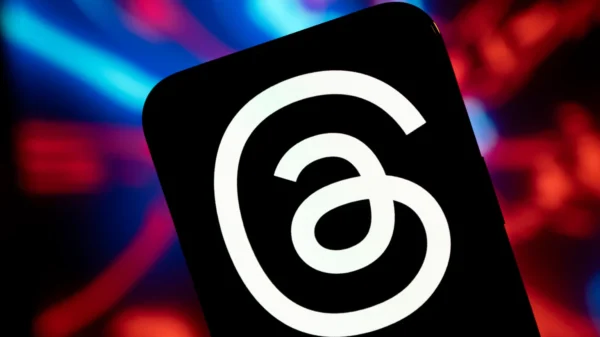DJI announced their $499 new mini drone, the Spark, described as “a mini drone… allowing you to seize the moment whenever you feel inspired,” according to the DJI store’s official website.
The Spark drone can be flown for 16 minutes, has a 720p real-time video transmission distance of 1.2 miles (or 2 kilometers), can speed up to 50 kilometers per hour (or about 31 miles per hour), and has 12 megapixels in the camera function. Also, the drone can sense obstacles and avoids them up to 16 feet (or 5 miles) away. Like DJI’s other drones, the Spark can return home (when the user sets an area as home) if the battery is running low or if the user selects the Return to Home button, and will inform the user when they are flying too close to areas that could raise safety and security concerns using DJI’s GPS/GEO system. The user can also use the app to record photos or videos, edit them, and upload them onto social media without having to leave the app itself.
What makes this drone unique is that it can take off right from your hands using FaceAware, a feature that uses facial recognition to identify its user. Also, the Spark can be controlled using only hand gestures for taking photographs without having to use the app or remote control. It can also follow your hand movements for flight with feature PalmControl, where the user can control the drone with only their palm.
Two other features the Spark drone has are TapFly and ActiveTrack. With TapFly, users can tap the direction or the exact destination of where they want their drone to go for photo and video use. ActiveTrack allows users to pick a target the Spark has to follow, either tracking or having a fixed perspective of the subject. It also has multiple shooting modes, which includes panoramas and shallow focus, and is able to stay still, which allows for less shaken photos and videos. The Spark drone comes in different colors such as Alpine White, Lava Red, Sunrise Yellow, Sky Blue, and Meadow Green.
This DJI mini drone is incredibly affordable but useful in comparison to its competitors, according to The Verge. One of DJI’s more expensive drones, the Matrice 600 Pro, costs $4,999, a steep difference in comparison to the Spark. One competitor, Parrot, sells mini drones for as cheap as $99, but does not have the same features as the Spark drone. The $99 drone, the Parrot Airborne Cargo Mars, is able to perform acrobatics and take photos from in the air.
Drones have become a recent phenomenon; the Federal Aviation Administration believed that within 2017, there will be 600,000 commercial drones owned by the public, according to NPR. The FAA created new rules back in 2016 that would make it easier for the public to be able to legally operate drones, which includes passing a test, abiding by flying restrictions, and being over the age of 16. Before these rules, drone users had to have a pilot’s license and get special permission from regulators to fly them.
Consumers can either buy the Spark drone individually or in a combo, which includes propeller guards, quick-release folding propellers, an intelligent flight battery, a shoulder bag, a charger and a remote controller for $699. The intelligent flight battery will inform users when the battery is running low, making it easier to figure out when to land. Also, consumers can purchase an insurance plan called DJI Care Refresh for $59, which guarantees two replacements of the drone in one year.
The Spark is currently up for pre-order on DJI’s official store website and is estimated to ship out on June 25 of this year.
Featured image of DJI Inspire 1 Drone via Flickr/DFSB DE.


